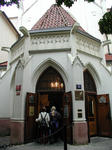 Maisel Synagogue
Maisel Synagogue
The Maisel Synagogue, built and named after the 16
th Century Mayor of the Jewish Town of Prague, has been fully renovated. It was the home of the birth of liberal Judaism in the 19
th Century. During the Holocaust, this building served as one of the seven synagogues and
50 warehouses receiving over 150,000 Judaic objects, cloth, books and paintings gathered in Prague. The objects and art were gathered for use in anti-Semitic exhibitions.
The large collection in the Maisel Synagogue includes: Silver implements for the rites of circumcision. Rimonium (or covers for staves of the torah). On the top floor of
the Maisel Synagogue, there is the tunnel room with one by four framing which holds thousands of torah mantels of every describable design and material, from fine oriental brocades of the 15
th century to homemade pulled laces and hand-sewn embroidery of the last century. When the door was first opened after the war, the sight of this huge collection was truly overwhelming as it represented hundreds of synagogues and thousands of families who perished.
Pinkas Synagogue
The Pinkas Synagogue, the second oldest in Jewish Prague, as seen from the ancient cemetery. Entering the Pinkas Synagogue, one sees this beautiful courtyard and early renaissance entryway. This building 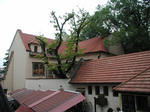 sits on the site of an earlier private prayer house, which included a private mikveh, or ritual bath, which has been archaeologically excavated. The mikveh utilized the fresh water, which flowed from a rivulet running from the nearby Vltava River.
sits on the site of an earlier private prayer house, which included a private mikveh, or ritual bath, which has been archaeologically excavated. The mikveh utilized the fresh water, which flowed from a rivulet running from the nearby Vltava River.
The walls of the Pinkas Synagogue were used as the memorial on which were listed all of the names of the Jews from Bohemia and Moravia who died in the Holocaust. The memorial wall, which listed names, towns, dates of birth and, where known, dates and places of death, became unstable from humidity and structural problems.
Much of the plaster fell off with the names. A new system of application of plaster was devised and applied successfully. The names are almost fully restored to this hallowed place as the only memorials in the Czech Republic to all of the Czech Jews who died in the Shoah.
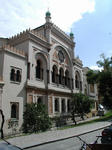
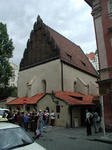
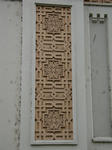
 Guide
Guide 





